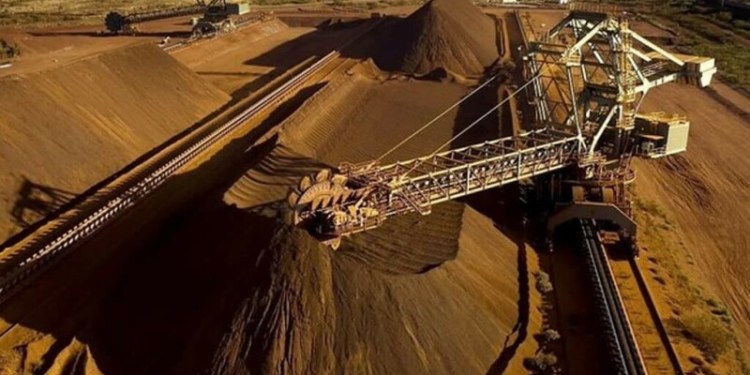The rubber industry with an estimated turnover of Rs 75, 000 crore is mostly dominated by small and medium players. The industry has been urging the Centre for creation of an export promotion council for the past several years. Mohinder Gupta, president, All India Rubber Industries Association (AIRIA), spoke to Sandip Das on various issues impacting the sector. Excerpts:
What has been the export prospects of the rubber industry?
Rubber sector has been an active participant in India’s export drive. Rubber products worth around Rs 17,000 crore are being exported from the country annually which is more than 20% of the domestic rubber output. The exports of rubber products have been growing at a healthy double digit rate for about two decades but lately there has been a decline in growth rate. According to official data, the export of rubber products increased by around 5% in FY15 to $2.82 billion from $2.74 billion in 2013-14.
Why is the need for creation of a rubber export promotion council?
The decline in growth rate of exports has come as a cause of concern as rubber is a sunrise sector and the potential for exports is immense notwithstanding economic slowdown witnessed globally. A separate export promotion council would especially look into the interests of MSMEs. In fact, the rubber exports from MSMEs manufacturing different non-tyre rubber products went up by 10% to $1,169 million in FY15 from $1,057 million in FY14.
How would a separate export promotion council help?
The fact that rubber MSMEs have been able to manage a growth of 10% notwithstanding overall dampening exports scenario indicates that there is large potential for growth if policy enablers for rubber MSMEs are in place. The industry needs encouragement at this crucial hour. The share of India in international rubber exports market is a paltry 1.48%, whereas China’s is 11%. India’s share can be easily enhanced to 5% in the next 5- 7 years.
What is required to encourage exports of the rubber products?
India is deficient in both natural rubber and synthetic rubber production so import of raw materials is necessary to meet the needs of domestic manufacturing. Much higher import duties on raw materials such as natural and synthetic rubbers than on finished rubber goods have imp-acted the export competitiveness of the rubber sector in India. Import duty should be zero for the rubber and raw materials not being manufactured in the country. The proposed national rubber policy is still a work-in-progress. The meetings of the working group formed for framing national rubber policy are over. Different stakeholders have made their submissions. We have requested the government to come out with the policy as soon as possible.


























